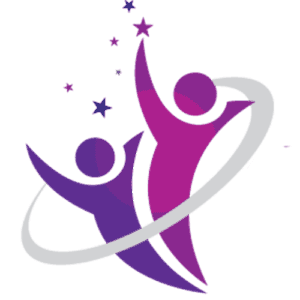
The growth, development and satisfaction that can be found in different forms of organizational coaching programs.
In recent years, I have helped two organizations develop a coaching culture, and I am currently working
on helping a third. Approaches are different – one organization immediately took full advantage of the opportunities and offered training, team coaching, as well as individual coaching for all team leaders.
The second organization I worked with preferred to start with individual coaching targeted at managers,
followed by coaching top management before welcoming everyone to attend coaching training. In
contrast, the third organization started training in coaching skills for everyone without phasing it across
the organizational structure. Where to start depends a lot on the company´s internal culture and preferred communication styles.
Team coaching is often combined with team building and training, but it needs to be noted that these
are very different disciplines. The International Coaching Federation (ICF) points out that while team
building is mainly about building relationships and training to acquire new skills, team coaching develops goal-setting skills and team sustainability. During summer company retreats in the form of weekends away are still popular in Estonia to help build stronger team dynamics. Such activities help individuals to get to know each other better, but they make little contribution to achieving individual goals or developing cooperation.
Keeping these differences in mind is important for understanding the nuances of managing teams. Another organization I had the opportunity to work with, all executives went through a 9-month leadership and team development program. They found that their performance improved alongside the strengthening of their team and involvement with one another. A survey was conducted among the staff, which revealed, among other things, that the understanding of the company´s goals, the ability to cope with stress and the desire to contribute to solving more difficult problems had increased following the team development program.
I began working with a client who took the lead in a very well-known international company just before COVID-19 swept across the world. We went through the changes that followed the pandemic together. We found new perspectives on both work and life. Before the changing circumstances, she described herself as a workaholic. Half a year later, she reflected that her quality of life had improved considerably in spite of quarantine because of the adjustments that she had made in her life and work.
This client was able to identify what was really important to her and what could be done to achieve it. She began to use new methods to better involve her team. This, in turn, increased the motivation of the team and left her with more time for professional and personal development.
Life balance also arose as an important factor across team building and team coaching workshops. In times of uncertainty, many people hold on to their jobs in fear that something better might not be available. As we are quietly recovering from the changes caused by the pandemic, many workers are deciding to leave their jobs and seek other opportunities. There has been a raise in awareness that prioritizes working to live not living to work.
In order to avoid the exodus of the employees from your company, maybe it is time to consider some of the tools that are available to make the organization’s culture more attractive to quality employees?




